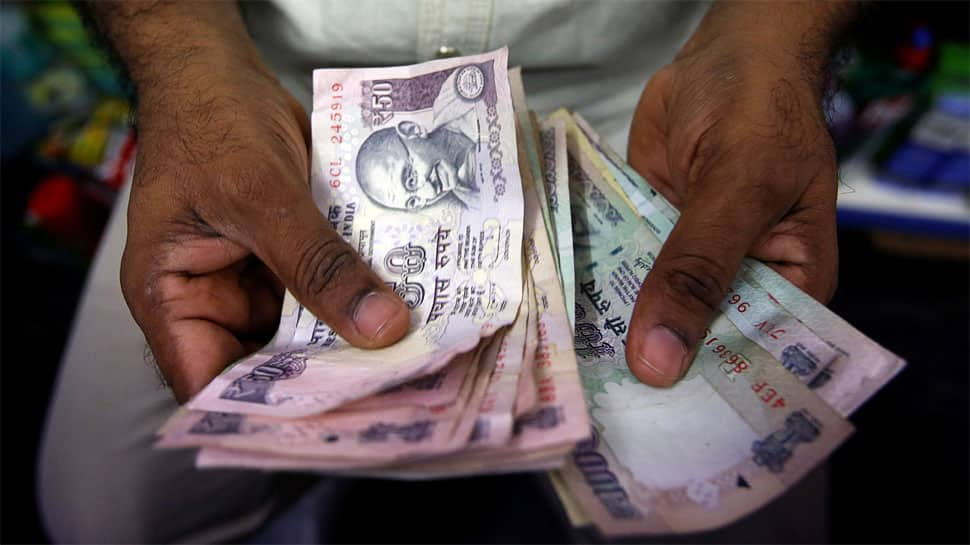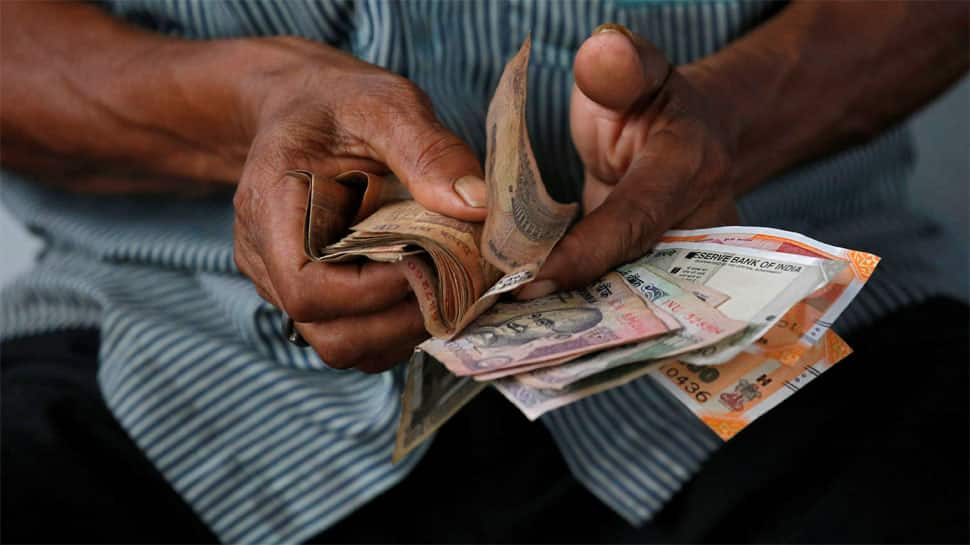Cash Deposit Limit: How Much Money Can You Deposit In Savings Account In A Year?
From Cash Deposit, FD to Credit Card Payments and more, know how much money can you deposit in a year.
)
The income tax department must be notified of certain high-value cash deposits, financial transactions, payments, etc. in savings accounts made in a year. Taxpayers can lessen their chance of receiving income tax notices and feel more confident when navigating the banking system by proactively revealing high-value transactions and following tax regulations.

Let's examine how much money you can deposit in your savings account, how many financial transactions you can do, and what your tax obligations are.

Cash deposits in one or more of a person's accounts totaling ten lakh rupees or more within a fiscal year must be reported to the ITD. The Post Master General and banking institutions or cooperative banks are the designated reporting entities for such cash deposits.

Any fixed deposits made into accounts that exceed ₹10 lakhs within a fiscal year must be reported to the ITD. If the total amount placed in one or more fixed deposits surpasses the designated limitations, banks must report the transactions.

Reporting is also required for cash payments or receipts for sales of goods or services that exceed Rs 2 lakh. These transactions must be reported by companies liable for audit under a specific tax section (Section 44AB).

Any credit card payments made over Rs. 10 lakh annually may be monitored. These transactions are reported by banks and cooperative banks.

Any property transaction involving the purchase, sale, or transfer of at least Rs. 30 lahks must be reported to avoid fines and inquiries by tax authorities. These transactions must be reported by registrars or sub-registrars of real estate transactions.

